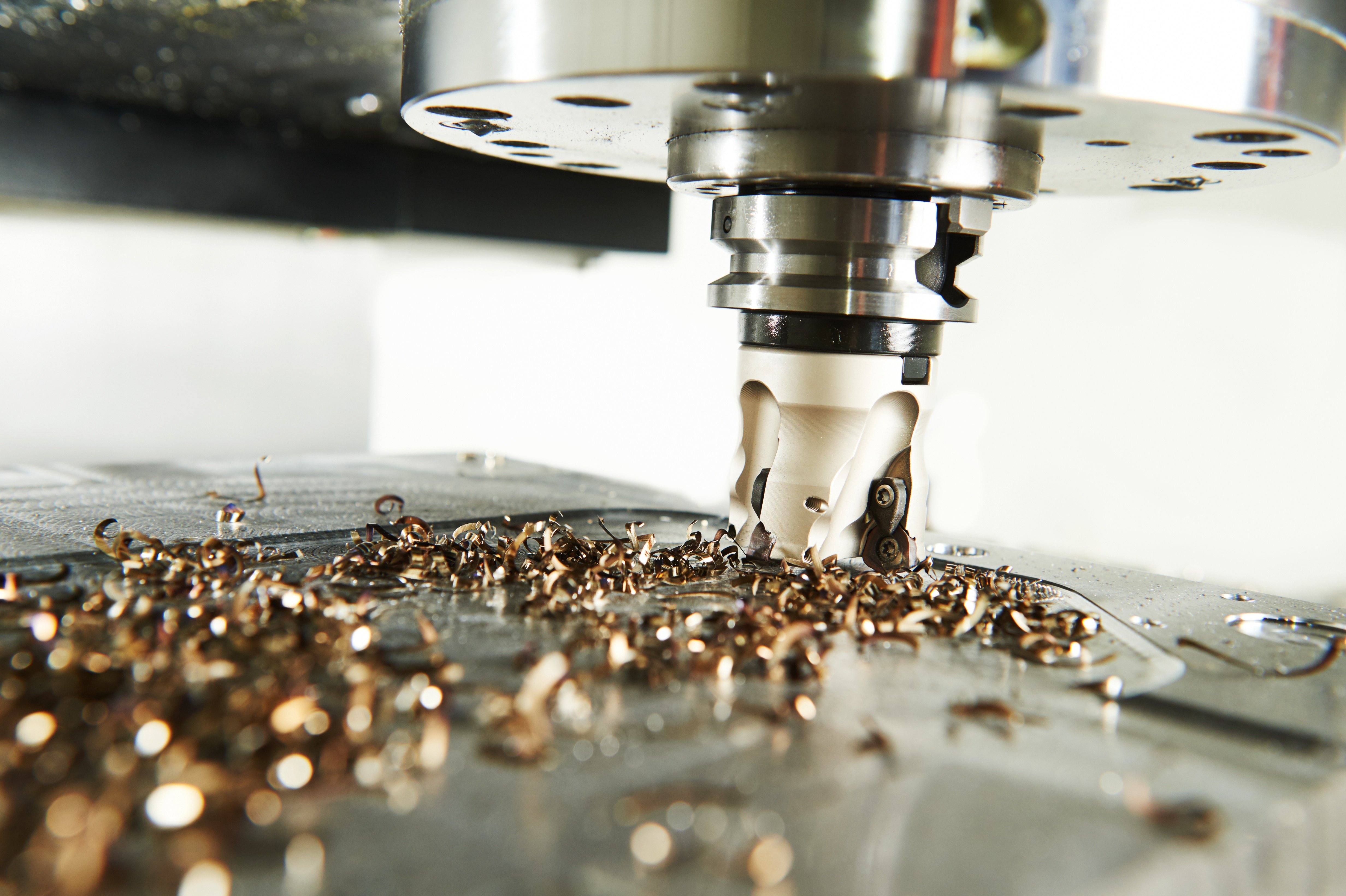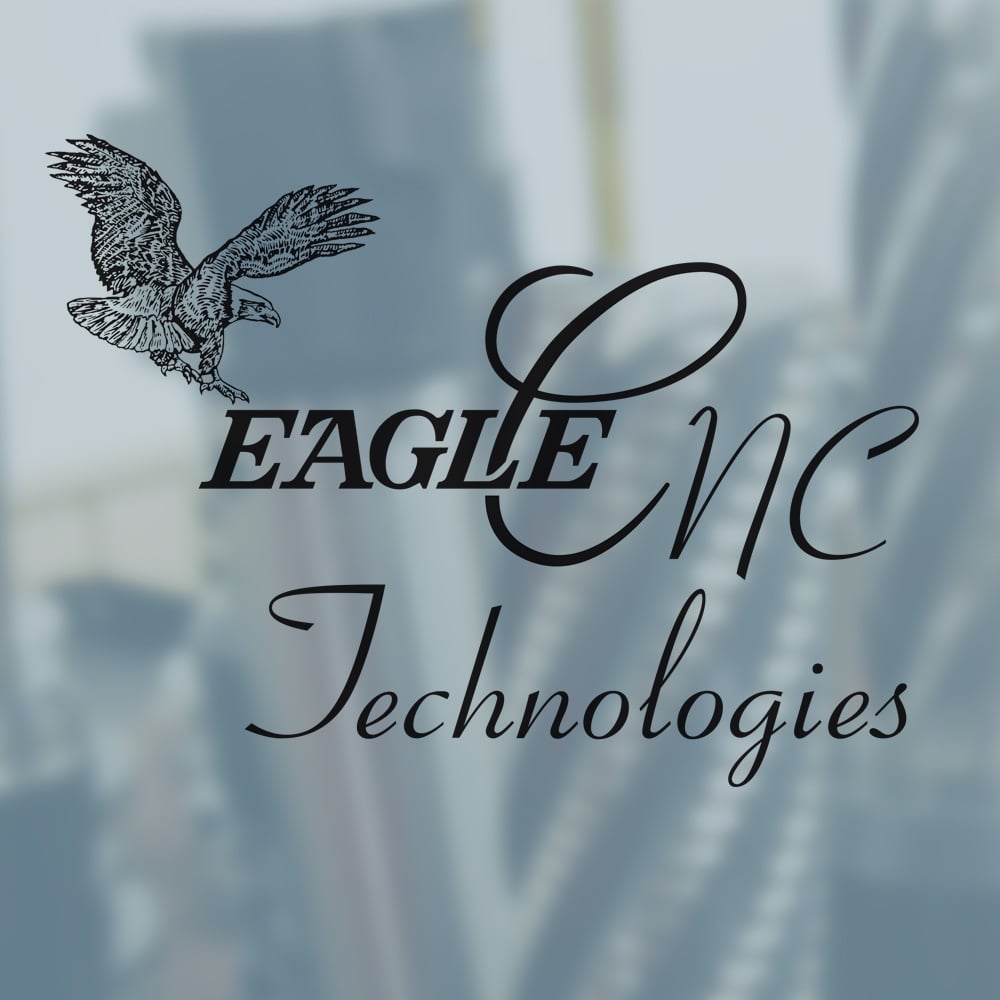Introduction to CNC Machining

This article was updated on July 8, 2025.
CNC Machining is often the last step in metal manufacturing, or sometimes the only process involved. Compared to other metalworking techniques, CNC machining is capable of meeting the tightest tolerances, and producing the most accurate, precise products over and over again.
To understand the origins of CNC Machining, it's important to break the phrase down into three parts:
- First, "machining," or the process of removing metal with the assistance of mechanical equipment, has been around for centuries. Machining processes include: turning, drilling, milling, shaping, broaching and grinding.
- Next, "NC" stands for "Numerical Control." In traditional machining, a human operator must control the motion of a machine tool. Numerical control, first developed in the 1940s, governs the motion of machines automatically, through set instructions.
- Finally, the "C" gets added. "Computer Numerical Control" designates a process by which an operator can write, adjust and implement instructions using a computer console. This addition, which took place in the 1950s, is what makes modern machining possible.
History of CNC Machining
In the late 1940s, John Parsons of Parsons Corp. in Traverse City, MI, developed a system to control machining equipment by feeding it punched cards with holes corresponding to coordinates. Starting in 1949, Parsons joined the U.S. Air Force at an MIT laboratory to further develop what was to become numerical control.
The team behind numerical control developed a process to produce aircraft parts that required a high degree of accuracy and precision, and took manual operators hours to work through. With the addition of numerical control, part after part could be produced with little human oversight.
The Advent of CNC
.jpg?width=178&name=1024px-Paper_tape_reader_on_a_CNC_control_001%20(1).jpg) While early NC systems were revolutionary in their own right, there was still plenty of room for improvement. For starters, machine tools had to be programmed using a tedious process, and errors were common. Different companies developed different programming languages, resulting in confusion and incompatibility that, at first, stymied the growth of NC machining.
While early NC systems were revolutionary in their own right, there was still plenty of room for improvement. For starters, machine tools had to be programmed using a tedious process, and errors were common. Different companies developed different programming languages, resulting in confusion and incompatibility that, at first, stymied the growth of NC machining.
The U.S. Air Force stepped in once again, funding research at MIT to develop a universal NC programming language, which was first unveiled in 1959. Versions of the programming language, called Automatically Programmed Tools (APT) are still in use today.
In 1959 when APT was developed, computers weren't quite mainstream, but the technology grew quickly enough. Early NC machines could be programmed and controlled by small computers attached to each machine.
These days, many CNC machine shops make use of Distributed Numerical Control (DNC), also known as Direct Numerical Control (also DNC). This system enables a programmer to control several CNC units from a central computer. Programs are stored in the central computer and can be distributed to various machines as required. Additionally, many modern CNC interfaces are built around user-friendly software, requiring much less training to operate compared to earlier systems.
Benefits of CNC Machining
CNC machining offers several benefits compared to other metalworking processes. One benefit is safety. CNC machines operate behind guards or safety doors, which are often enhanced with interlocks that prevent access to their point-of-operations while they are running. This protective measure shields the machine operator from airborne chips or loose workpieces and minimizes the chance of objects becoming entangled in the machinery, significantly reducing the risk of injury to employees.
Because the tools in CNC machines are controlled by a computer, they are capable of producing exceptional accuracy and consistency. Once a design is programmed into the system, the machine will operate consistently throughout the course of the shift, repeatedly producing identical parts with tight tolerances, high precision, and consistent accuracy.
The automation of CNC systems also leads to increased efficiency. CNC units can operate continuously without the need for breaks, shifts, or fatigue-related slowdowns. This allows for faster production rates and reduced lead times.
Additionally, a skilled CNC technician can operate several CNC units at once. Since much of the work is automated, the technician’s role shifts from manual machining to setup, monitoring, and quality control. This labor optimization means manufacturers can maximize output without dramatically increasing labor costs.
The Future of CNC Machining
The progress of technology is leading to exciting possibilities for the future of CNC machining. As global demand for CNC machined products grows and changes, a wide variety of innovations are currently taking place in the CNC machining industry.
Robotics – More than just mills and lathes, CNC is increasingly being applied to industrial robotics. In some factories, machines not only handle tasks like cutting and welding, but also transportation and assembly. Additionally, robotics can enhance the work environment by taking on physically demanding, repetitious tasks, allowing employees to focus on work that requires skill, experience and critical thinking.
3D Printing – Both a competitor to CNC machining and a complementary process, industrial 3D printing is also growing rapidly. While machining is a subtractive process – starting with solid stock and cutting away material to form a shape – 3D printing is additive. In many cases, designers can 3D print a prototype, and use it as a pattern to configure CNC equipment. In other cases, products can be accurately and precisely 3D printed straight from design software.
At-Home CNC – The market for DIY CNC kits and inexpensive CNC machinery has grown exponentially over the past few decades. While they don't offer anything new in terms of processes, these at-home CNC stations make product development easier, faster and cheaper than ever. With the financial burden of metalworking vastly decreased, there's no telling what inventive products might come out of a hobbyist's garage.
Learn More About CNC Machining
Want to know more about CNC machining processes and equipment? Download our free ebook, CNC Machining Process Guide. This 31-page resource is designed for manufacturing professionals seeking to deepen their understanding of key processes, applications and best practices of metalcasting and CNC machining techniques.
Image of CNC punch tape operator courtesy of Three-Quarter-Ten on Wikipedia
Tags: Machining, CNC Machining, Eagle CNC






